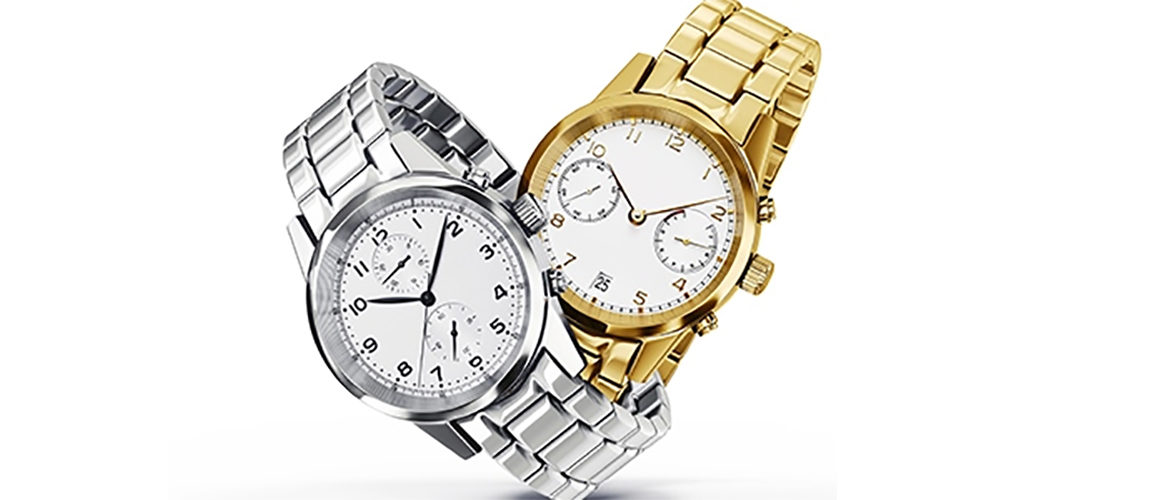How to Sell Watches Without Selling Watches

Another firm that leans heavily on the charity angle is 1:Face. Their slogan is “Changing the world, one face at a time,” which seems to indicate that the very name of their company was inspired by charity. They have a similar color code scheme to that of Flex Watches, except that 1:Face watches only come in six colors. Also like Flex Watches, 1:Face watches have a simple rubber bracelet and a square face. The dial is very reflective, and it doesn’t even tell the time. You have to push a button on the side to find out what time it is. So, for the people who buy it, what is the point of this cheap little watch? Charity. Charity and fashion, and they many of them don’t even know much about the charities they are supporting, or the veracity of their claims.
Modify Watches has a much more toned-down approach to marketing through charity. The company’s primary focus seems to be on making watches that can be changed and rearranged by the wearer. Still, there is a lot of info on their site about their non-profit partners and their commitment to their community. At least they have some care for watch design.
These are not the only companies that use charity as a method of increasing sales, nor are charities the only marketing assistance they use. There are many other powerful ways for advertising your product. Now that the Internet is so widely used, it has created methods of advertising that are cheaper and more affordable to consumers. It’s very easy for companies to get reviews by paying bloggers or other writers to review their products online, usually in exchange for free products or a little bit of compensation. That sounds like it should be illegal, but it’s not, so long as the firm giving away the product doesn’t ask strictly for positive reviews.
If you look, you can find tons upon tons of blogs that discuss watches. Some are legit sites where watch enthusiasts detail the technicalities of a watch. Others are paid reviews. Some of them might be honest posts by people who bought a watch and really felt the need to post about it, but you can bet a lot of them are paid for, whether with products or money. You also might notice something else. Many of the blogs that feature posts about these watches belong to women who generally blog about topics, opinions, advice, and other information that’s intended for other women. Many of these female readers have come to trust the blogger over time, so when they see her post about a charity watch that looks really bright and flashy, and she says she likes her watch and is proud to support the cause, they are more likely to respond to that than to just any ad.
Why target women? Stereotypically, women are more likely to care about charity (being, supposedly, more compassionate than men), and are more likely to care about fashion. More importantly, recent research suggests that women are far more likely to trust the opinions of other women, prompting a large number of companies to start targeting women, if they didn’t already. If you can sell to one woman, it’s more likely that you can sell to more women, if that first woman gives your product a positive review.
Even in the most extensive blogs that mention these watches, the watch is hardly discussed outside of the context of “It’s wearable.” Mostly, they focus on the charities and causes the watch is supposed to support. Even the advertising, which often includes videos on YouTube, mostly talks about saving the world. Flex Watches has a video for every watch, detailing what its charity is about and why that charity is necessary, but there is pretty much no information on the watch itself. 1:Face has some kind of generic “We are the World” type video on its site, which seems to suggest that buying this watch is going to cause all people to start living in harmony. Sentimentality aside, you know this isn’t possible.
This also comes back to the question of whether or not companies like Flex Watches, and the charities they support, are even being honest about the causes they support. If you want to support charity by purchasing a watch, you need to do a lot of research just to find out that that’s actually what you are doing. It’s probably easier to just donate money straight to a charity that has been audited and verified as an honestly charitable firm. Then you get to control the amount you give, instead of having a percentage of some company’s profits go to the charity. After all, these watches are sold pretty much on the basis of charity. There’s not much attractive about the watch itself, except that neon colors and simple, soft shapes are in right now. You can always just donate money if you want to donate, and buy the watch you really want, instead of putting your trust the word of a bunch of advertisers.
Not everyone who needs a watch is an enthusiast for the machinery or style, but you should always be cautious about buying watches for charity, if you care about the cause. Either do the research and find out whether or not the firm is really all about saving the world, or donate to charity directly, instead of counting on for-profit firms to do that for you. That is far more likely to save the world, and you can always buy a well-crafted timepiece later, instead of just a piece of plastic.
